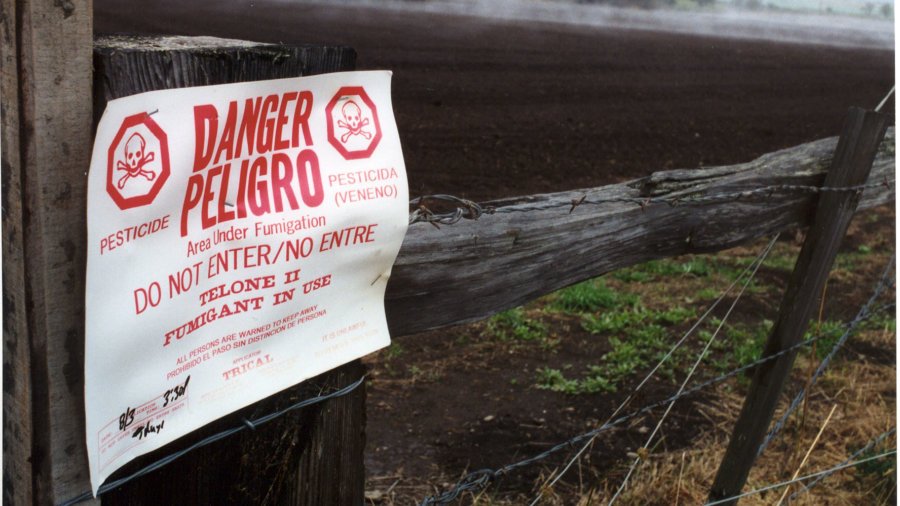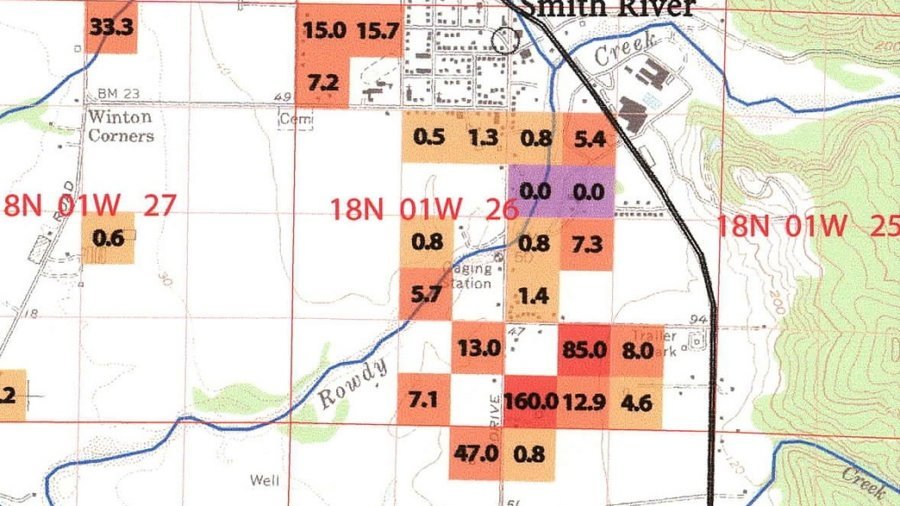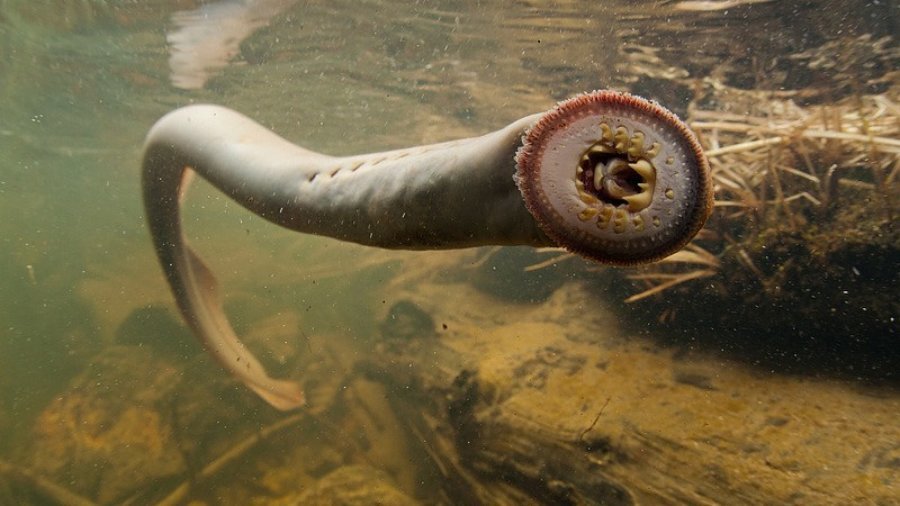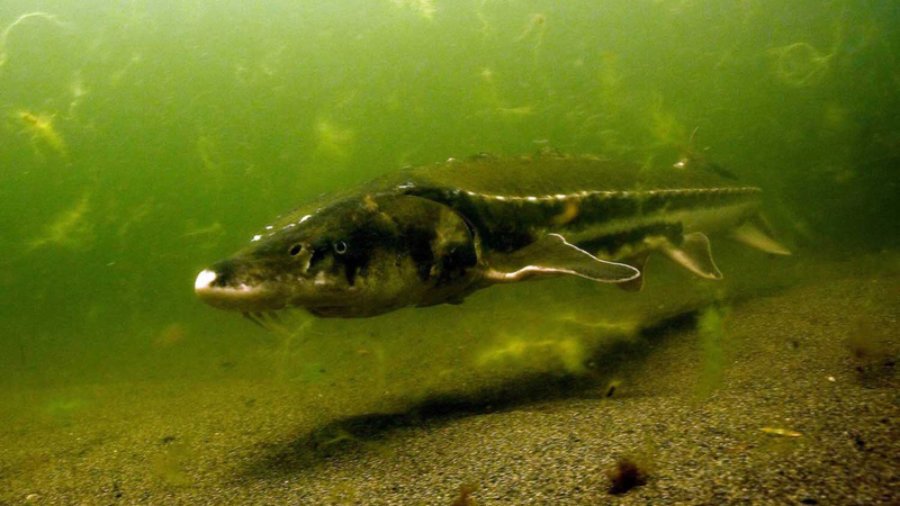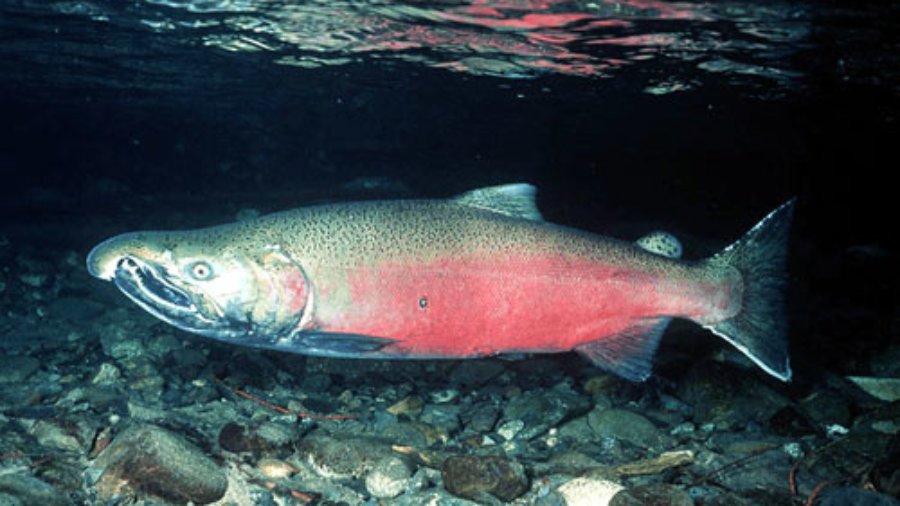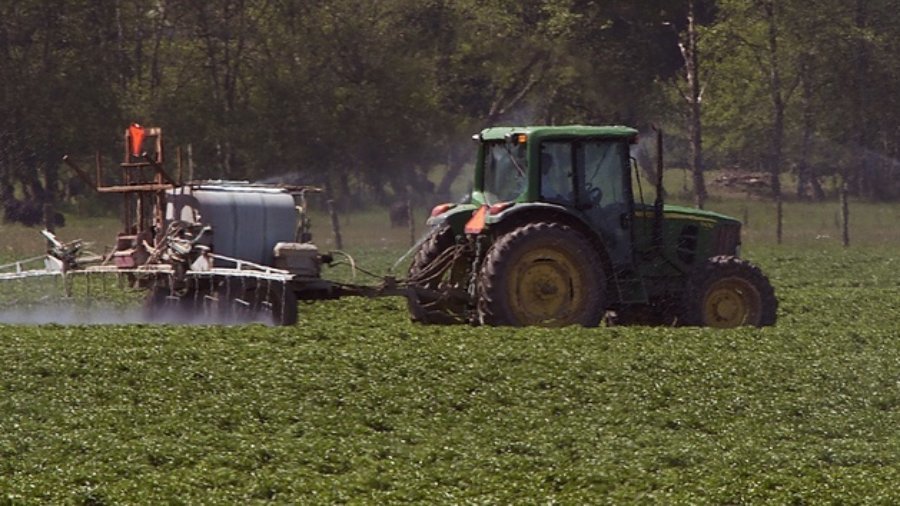It’s probably safe to say that no one likes using pesticides. Even Easter lily farmers have told me that “we don’t like using them,” adding that they have “no choice.” The lily bulb crops would be ruined, they say, without the 300,000 pounds of dangerous chemicals they apply each year to farmlands that surround the Smith River estuary and border residential neighborhoods and an elementary school.
Certainly farming is economically fraught. The weather, the pests, the whims of fickle consumers. Individually and combined, the challenges facing farmers are many. Read More
In late 2016 Siskiyou Land Conservancy released our Smith River Community Health Assessment, which clearly demonstrates significant human impacts of pesticides used on Easter lily fields. That report is now available here. Why are county health officials, and the California Department of Pesticide Regulation, ignoring the report? Click here to read more
Read more
In late 2016 Siskiyou Land Conservancy released our Smith River Community Health Assessment, which clearly demonstrates that pesticides used in the cultivation of Easter lily bulbs in, Del Norte County, are impacting the health of people who live in the small town of Smith River.
Reviewing reports issued by the California North Coast Regional Water Quality Control Board will get a person quickly into the weeds of what’s really going on at the Smith River estuary. Suffice it to day that, given the Smith River’s status as one of the cleanest rivers in the world and its national importance as
Read more
Just before Easter, the national on-line news magazine TakePart has run a major story about pesticides used on the Smith River Plain to grow Easter lilies. TakePart describes itself as “the digital division of Participant Media,” the company that brought us such films as Academy Award winning Spotlight, as well as An Inconvenient Truth and CITIZENFOUR.
Currently, thirty-two species of fish are known to inhabit the Smith River. Of these, thirteen are anadromous (fish that are spawn in fresh water, are reared in the ocean, and return to fresh water). A functional overview of anadromous fish in the Smith River can be found in the 2002 Smith River Anadromous Fish Action
Read more
The Smith River is home to several robust populations of fish, including chinook and coho salmon, steelhead trout, cutthroat trout, green sturgeon, and the endangered tidewater goby. Following is a partial list of reports available about these species. Anadromous fish Coho salmon Tidewater goby Green sturgeon
Read more
Since 2011 the California Department of Fish and Wildlife has been surveying the Smith River watershed the determine the extent of coho salmon populations and their habitat. This work is unprecedented and has demonstrated the importance of the Smith River estuary in maintaining coho populations not only in the Smith River, but throughout California and
Read more
Easter lily farmers in Smith River use an enormous amount of “bad actor” pesticides to grow their crops. These are chemicals that have demonstrated significant adverse impacts to the environment, and to human populations. The first document below is a list of pesticides used in Smith River and their impacts to humans and the environment
Read more
In 2002 the Smith River Project, predecessor of Siskiyou Land Conservancy, commissioned the Center for Ethics and Toxics to conduct an evaluation of the extent of pesticide use by Easter lily farmers on bottom lands surrounding the Smith River estuary. CETOS also set out to analyze the potential impacts of these pesticides on the biological
Read more
